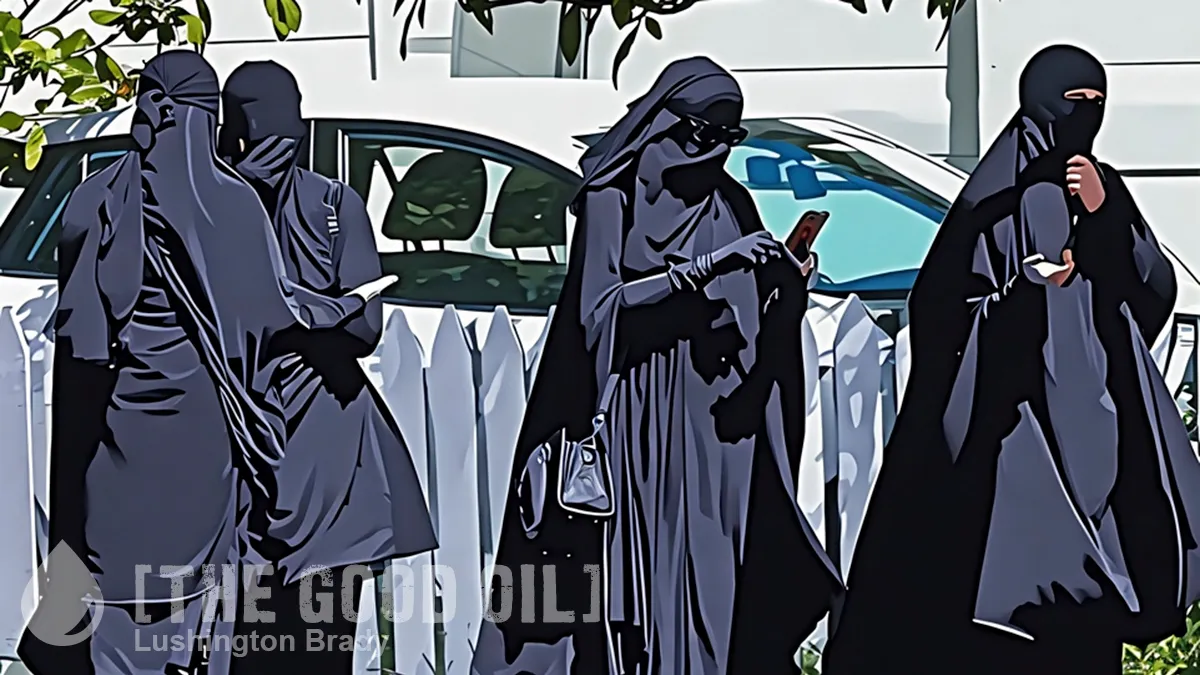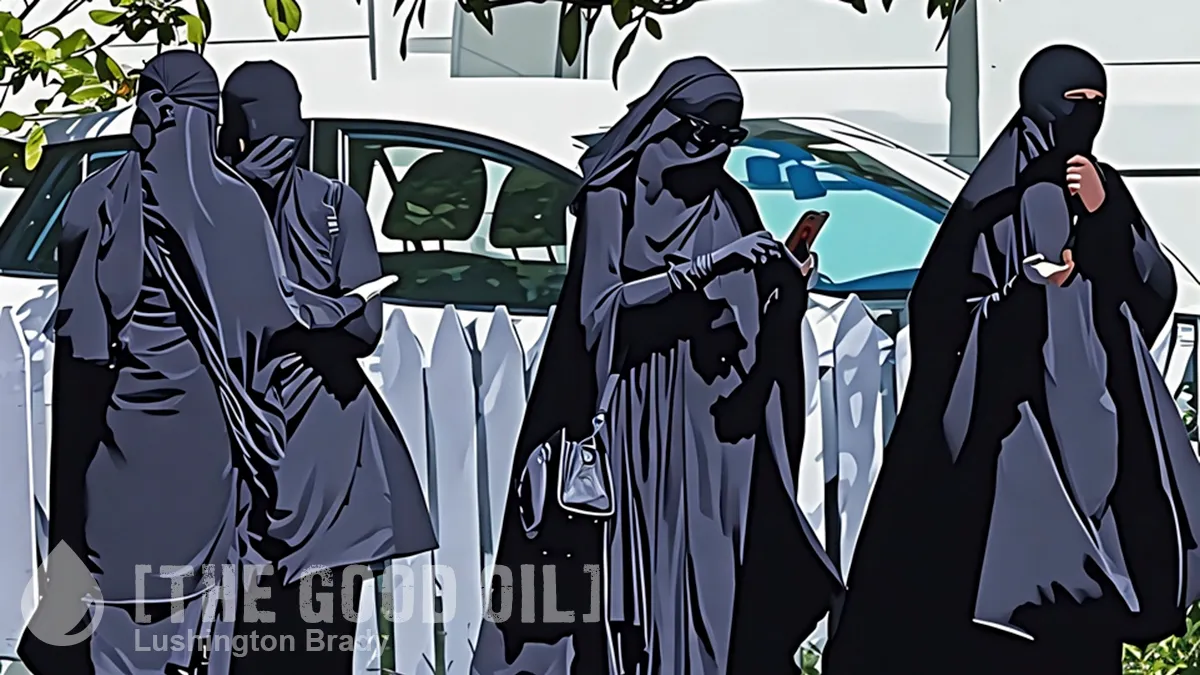Dave Patterson
National security correspondent
In the category of promises made and promises kept, President Donald Trump is serious about protecting the people of the United States. In December, at a Phoenix, AZ, rally, Trump announced that he would direct the Department of Defense (DOD) to begin construction of a “great ‘Iron Dome’ defense shield,” like the one Israel has fielded that has effectively prevented barrages of incoming ballistic missiles, drones, and cruise missiles from doing catastrophic damage.
Trump Advocates for Iron Dome
In Phoenix, Trump reiterated the idea of an Iron Dome-like missile shield for the United States. And to keep the initiative fresh in the minds of legislators, Trump’s remarks on Jan 27 to the GOP House of Representatives retreat at National Doral Golf Club in Miami, FL, included, unhesitatingly, “We have to have a strong, strong defense … I’m directing our new secretary of defense, Pete Hegseth, who’s going to be great by the way, thank you for the support, to immediately begin the construction of a state-of-the-art Iron Dome missile defense shield which will be able to protect Americans.” Then, as if on cue, within a couple of hours, the White House released Trump’s Jan 27 Executive Order (EO), “The Iron Dome for America”:
Section 1. Purpose: The threat of attack by ballistic, hypersonic, and cruise missiles, and other advanced aerial attacks remains the most catastrophic threat facing the United States … Over the past 40 years, rather than lessening, the threat from next-generation strategic weapons has become more intense and complex with the development by peer and near-peer adversaries of next-generation delivery systems and their own homeland integrated air and missile defense capabilities.
The EO goes on to order the Defense Department, within 60 days, to submit an implementation plan with eight critical capabilities. Significant among the threats the Iron Dome for America will address are “ballistic, hypersonic, advanced cruise missiles, and other next-generation aerial attacks.” Additionally, the plan must accelerate the development of the “Hypersonic and Ballistic Tracking Space Sensor layer” for early identification of hostile aerial attacks. The EO orders planning for the “development and deployment” of a boost-phase (first phase of the ballistic missile launch) intercept from space and a terminal-phase intercept capability as the missile warheads approach targets. These two aspects contribute to a layered approach to defeating a ballistic and cruise missile attack.
Why has Trump made this challenge one of his first priorities? Clearly, the chief executive sees intercontinental ballistic missiles, hypersonic variations of those missiles, and cruise missiles as an immediate threat. Trump is not alone. A recent RealClearDefense report titled “Donald Trump’s Iron Dome” explained that the current Missile Defense Agency (MDA) deployed 44 Ground-Based Interceptors positioned in two locations — four at Vandenberg Space Force Base, California, and 40 in Alaska – that can destroy only a small number of incoming missiles from a coordinated attack from Russia, China, and possibly North Korea. Referring to a report published by the Atlantic Council, RealClearDefense observed:
The report, penned by Robert Soofer, who served as former deputy assistant secretary of defense for nuclear and missile defense policy in the previous Trump administration, says the threat of long-range strikes, including those using intercontinental ballistic missiles (ICBMs) with nuclear warheads, hitting US territory is ‘real and growing.’
Critics Use Strawman Argument
As with Ronald Reagan’s prescient Strategic Defense Initiative, derisively labeled “Star Wars,” Trump’s plan has drawn critics. “[S]hielding the United States from such attacks presents technical challenges that far exceed those faced by Israel, experts said. Missile defense is most effective as a shield for a smaller country, they said, and the cost of developing one for the United States could be prohibitive,” the New York Times explained. These naysayers are building a strawman with one gigantic missile defense system umbrella for the entire United States. There are other ways of thinking about the problem.
Israel’s missile defense has been very effective as a layered approach with the Arrow 3, capable of intercepting missiles outside the earth’s atmosphere; David’s Sling, a short-range anti-missile system; and the in-close “Iron Dome” missile and drone defense for which the system is named. All of these are available for the United States to purchase or co-produce. However, the US has very effective anti-ballistic and anti-cruise missiles and anti-drone capabilities of its own. As Soofer suggested in his report:
Enhance the survivability of US nuclear forces and nuclear command and control through a layered missile defense composed of GBIs [Ground-Based Interceptors], Standard Missile (SM) 3 block IIA missiles deployed on land and at sea, Terminal High-Altitude Area Defense (THAAD) missiles for preferential terminal defense of US nuclear forces, and requisite defenses against cruise missiles.
The venerable Patriot system has proved its dependable anti-ballistic missile capability. Layering the Israeli and the US systems, distributed and integrated with a command-and-control system, broken up into sectors the size of, say, Israel, and many technical challenges could be solved. US anti-missile cruisers and destroyers in the Red Sea firing SM-3 block IIA missiles have proven effective at taking out high-altitude ballistic missiles, and THAAD has demonstrated its capability in Ukraine.
Since the establishment of the MDA in 2002, the United States has spent roughly $10 billion annually on the effort. Yet, after 23 years, the United States has an insufficient 44 ground-based anti-ballistic missile weapons, a rudimentary satellite-tracking capability, and a limited command-and-control system. Doing nothing will not improve the security of America, but critics who underestimate Trump’s drive to staunchly defend the country do so at their peril.
This article was originally published by Liberty Nation News.









